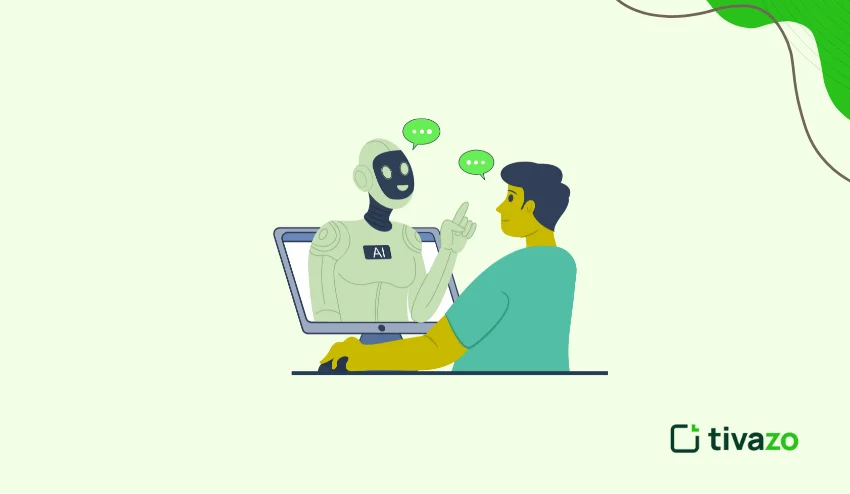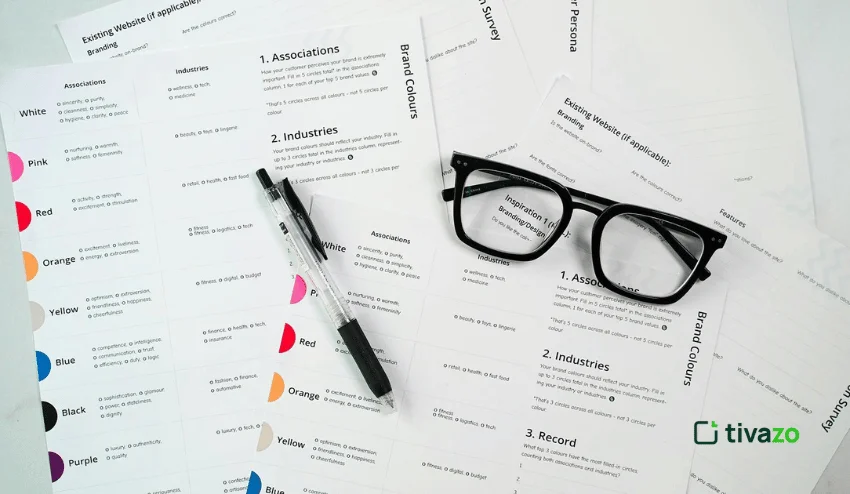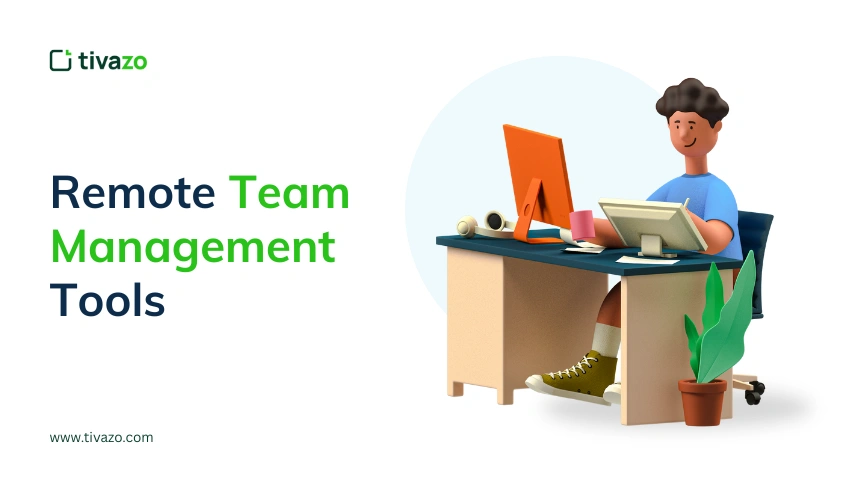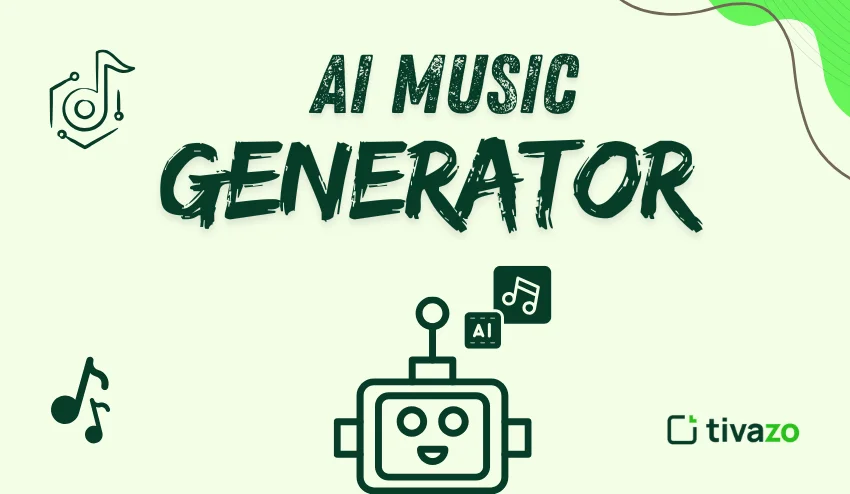The remote team work revolution solved one problem and created another. You got your life back. No commute. Time with family. Control over your environment.
However, you also lost something crucial, and it is your presence. You can’t see your team. You can’t read the room. It is impossible to know when a person is at a loss, busy, or tired, as well as when he/she is simply faking work and actually checking mail six times a day.
Managers no longer micromanaged the employees physically but micromanaged them in terms of productivity measures. How many hours logged in? How many emails were sent? How fast are they closing tickets? The metrics were measurable. They just weren’t measuring what actually mattered.
Now something different is happening. remote Teams that figured out how to use AI chat as an operational layer are discovering something unexpected. They’re being more productive while trusting their people more.
They’re getting better insights into how work is actually happening without hovering over anyone’s shoulder. And their people are reporting more autonomy, more trust, and paradoxically, better work-life boundaries.
This isn’t about working longer. It’s about working smarter at a systems level.
The Problem AI Chat Actually Solves
Let’s be honest about what made managing remote teams difficult; it wasn’t the distance. It was the visibility gap. In an office, you see problems as they emerge. Someone appears overwhelmed. Conversations stall. Tensions rise. You will be able to step in before it is too late. In an isolated place, however, the same problems are only covered until they blow up.
In response, many managers started using surveillance software, tracking tools, and presence monitoring. And this is the worst manner of managing the actual problem. It is not that you cannot see your team; the issue is that you are making yourself see your team by controlling rather than by being clear.
The game is changed by AI chat, such as ChatGPT. You do not need to monitor your team, but AI can assist in detecting trends in work itself. You can also utilize it to give a summary of processes of meetings you were not present at, give emphasis to the progress of the projects, and identify those that are at risk of not making any progress. It may even issue a warning on any communication breakdown, even before the situation becomes a crisis.
Through AI-powered insights, you can see where you need visibility without overlooking your team, as they are being watched all the time.
In case you are seeking ChatGPT alternatives, you will find numerous solutions that may help you to improve the management of a remote team and stay balanced between control and trust. You may need to automate tasks and simplify the communication process with the help of AI in a way that does not overwhelm teams with autonomy requirements.
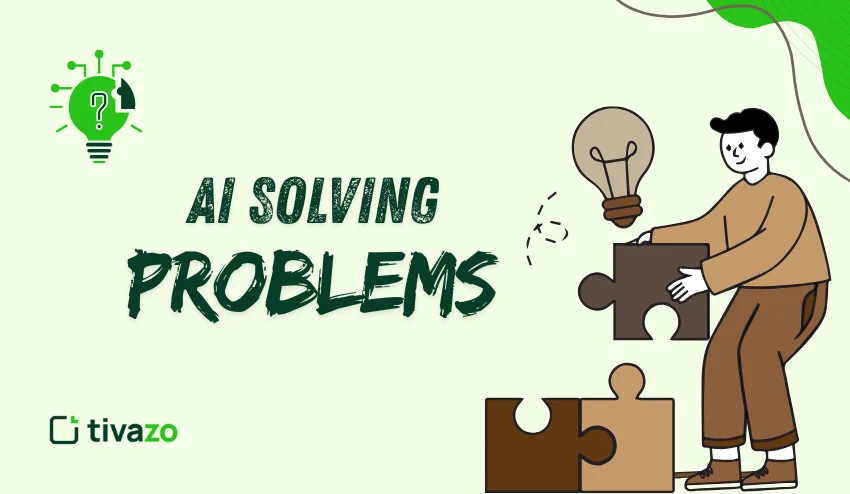
From Micromanagement to Outcome Focus
Here’s what happens when you use AI chat to handle the administrative layer of team management. Status updates get summarized automatically. You don’t read fifty emails. You read a three-paragraph summary of what actually matters.
Meeting notes get transcribed, analyzed, and cross-referenced with other meetings to show inconsistencies or missed connections. Progress against goals gets tracked without requiring anyone to manually update spreadsheets.
The effect is strange at first. You know more of what is going on, but you do not know so much of the day-to-day. The shape of the work can be observed without entering it. You can be able to see through issues before they turn into a crisis, and you do not need to develop the surveillance state that remote managers attempted to establish.
That is what a normal, healthy operational layer is like. You have also delegated the tedious task of coordination to AI, and that is why your team is no longer spending forty percent of its time reporting to you about what they are doing. They are, in fact, working on it.
Real-Time Feedback Without the Overhead
One of the underrated costs of remote work is feedback delay. In an office, you have continuous micro-feedback. Someone’s approach isn’t working; someone else adjusts it within minutes. Remote, you’re waiting for stand-ups or status reports to even notice something’s off. By then, they’ve gone down the wrong path for hours.
When you integrate AI chat into your team communication, something shifts. It’s not replacing human feedback. It’s enabling faster, better-informed human feedback. When someone shares an idea in Slack or a document, they can ask an AI chat tool to give them a first pass. Not judgment. Just clarification. Is this idea clear? Does it hold up to basic questions? What’s missing?
They get feedback before you see it. If it needs fixing, they fix it themselves. When it is a good job, you will see a polished job rather than a work-in-progress. When it is already powerful, it is powerful. But the worst version never makes it to you.
Your team gets better at self-editing. You get to focus on strategic feedback instead of tactical corrections.

Meetings That Actually Matter
Here’s something that happens when you eliminate unnecessary status meetings. People get their time back. But here’s something that happens more importantly: actual conversations become valuable again. Your team isn’t sitting through updates to meetings to cover themselves. They’re meeting because there’s something that actually requires human collaboration.
Using AI chat, you can get the information you need without a meeting. You can read the summary. You can ask clarifying questions asynchronously. Only when you actually need the team to think together, to debate, to make decisions collectively, do you need a meeting.
The effect on remote teams is dramatic. Meetings go from exhausting obligation to strategic gathering. People show up more present. Conversations are better. Decisions are sharper. And when you do need a meeting, the AI has already surfaced the context, so you’re not wasting the first twenty minutes getting everyone on the same page.
The Trust Multiplier
Here’s what nobody expected about integrating AI chat into remote team management. Trust went up. Not down. When individuals believe that their manager trusts them to such an extent as to grant them autonomy and observe that autonomy is supported with the systems that support their success, and not their work being monitored, then something changes in the relationship.
They cease to attempt to demonstrate their busyness. They stop scheduling meetings just to appear engaged. They focus on actual impact because they know that actual impact is what matters. They trust that the system will surface real problems without requiring them to perform productivity.
Meanwhile, you’re getting better information than you ever got from presence metrics or surveillance software. You’re seeing what actually happened, which is infinitely more useful than seeing when someone was logged in.
Scaling Without Chaos
Here’s where remote team management with AI chat gets genuinely powerful. You can scale. Most managers plateau at around seven direct reports. After that, visibility breaks down. You can’t stay connected to that many people.
With AI chat handling the coordination layer, that limitation softens. You can manage more people without losing oversight, not because you’re tracking them more carefully, but because the system is surfacing patterns and problems at scale.
One person’s issue might look like a blip. But when three people are hitting the same blocker, the system flags it. When communication is consistently stalling in one area, it shows up.
You’re managing the team as a system rather than trying to hold everyone in your head individually.

The Humanity Is Still There
This is crucial to get right. Using AI chat to streamline remote team management isn’t about replacing human connection. It’s the opposite. By removing the friction, the overhead, and the performative busyness that remote work encourages, you’re actually creating space for real human connection.
Your team isn’t exhausted from status updates and presence monitoring. They are not tired of consecutive meetings that might have been emails. They are, in fact, doing something important; systems are aiding them and controlling the visibility of something does matters in the real sense, rather than seeing everything and evaluating it on nonsense.
That is why remote productivity teams who are utilizing AI chat claim the opposite. They are laboring less, achieving more, and they are becoming increasingly connected to work and their teams. Not because AI is magic. But because it handles what AI should handle, leaving humans to handle what humans actually do best.
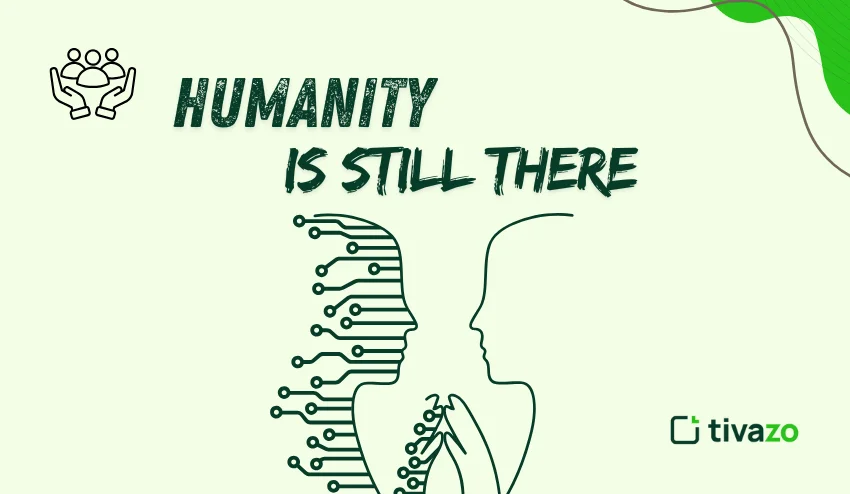
The Window Is Short
Here’s the thing about operational advantages. They don’t last long. Within a few years, AI chat integration into team management will be standard. It’ll be expected. But right now, teams that have figured this out have a significant edge. Their overhead is lower. Their visibility is better. Their team trust is higher. And their output is faster.
Teams still doing remote management the old way – with surveillance, with presence metrics, with status report overhead – are building the kind of organization that good people leave. The teams integrating AI chat into their operations are building the kind of organization that good people stay in.
Conclusion
AI chat transforms the management of remote teams in a way that provides the visibility needed to facilitate collaboration without being surveilled. It automates coordination between team members, accelerates feedback, reduces time wasted in unproductive meetings, and illuminates the ‘real work’ being completed, improving the culture for more trust, autonomy, more thoughtful decisions, and teams that can scale faster with less fatigue.
